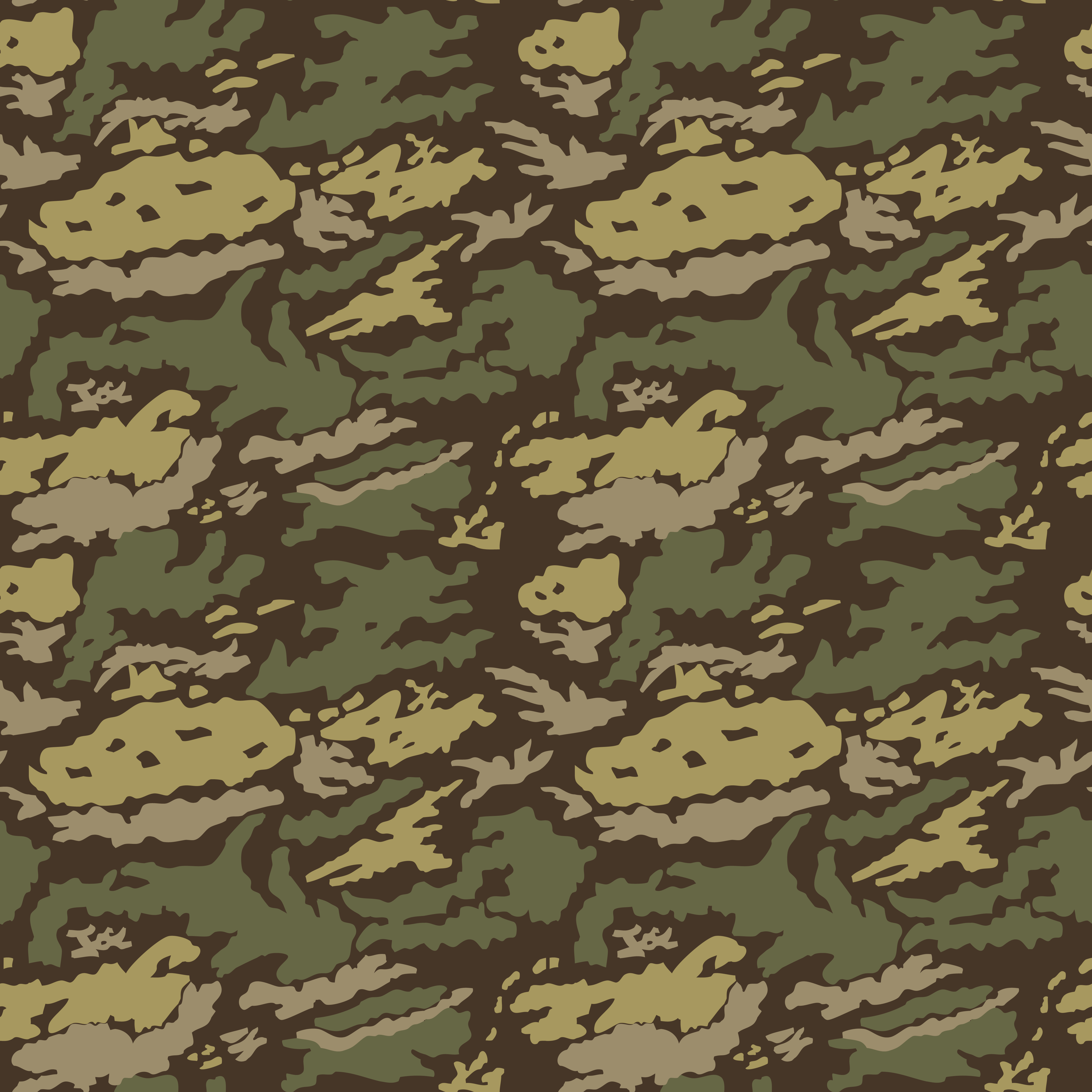

Inspired by the experiences of British troops in Afghanistan, MTP was field tested extensively in that country as well as in the UK, Cyprus, and Kenya. However, it breaks with many modern military camouflage designs in that MTP is not a digitized pattern but rather a more traditional mix of colors and shapes. As with MARPAT, CADPAT, and MultiCam, MTP is designed to work in a wide variety of settings and environments, giving UK troops the versatility to meet missions around the globe. Since it replaced DPM in 2011, Multi-Terrain Pattern (MTP) has been the staple camouflage pattern of the British armed forces. It’s also been a success internationally, with nations as far away as India using versions of Flecktarn in their uniforms. Flecktarn became more prominent in 1991, when it became the uniform pattern of a reunified Germany. Modern Flecktarn came into being in the late 1970s, when West German troops recognized the need for a new pattern to replace the solid olive drab uniforms that were then in use. Flecktarn was a huge step forward in camouflage techniques and technology, and some version of it has been in use by German troops since before the Second World War. The most common is a five-color pattern made up of dark green, light green, black, red brown, and green brown. It’s also known as Flecktarnmuster or Fleckentarn and is a catch-all term for a variety of camo patterns. “Flecktarn” is German for “mottled camouflage”. ACUPAT was successful in that setting, however, and set a new standard for what camouflage could be.
Camo patterns series#
Popular theories state that the current long-term series of deployments in the Middle East may have colored the project, creating a pattern designed with that environment in mind. Likewise, some urban settings partially defeated ACUPAT’s ability to blend in. In jungle or tropical environments, the pattern lost a lot of its touted efficiency. However, some of its flaws began to show on deployment.

These trials were chiefly held at the US Army’s Natick Soldier Center, which may have affected the outcome. ACUPAT initially performed well in stateside testing against both soldier detection and night vision equipment. The goal of ACUPAT was simple yet bold – develop a truly universal digital camo pattern for the ever-changing battlefields of the 21st century. The Army Combat Uniform’s Universal Camouflage Pattern, also known as ACUPAT, is one of the most revolutionary and contentious military camouflage patterns of all time.


 0 kommentar(er)
0 kommentar(er)
